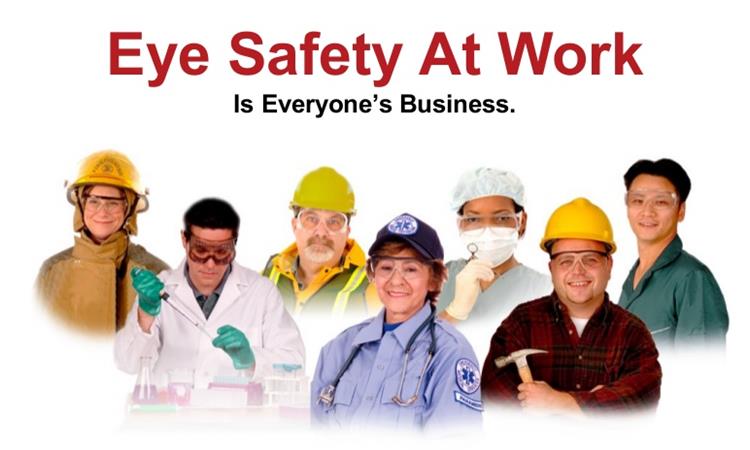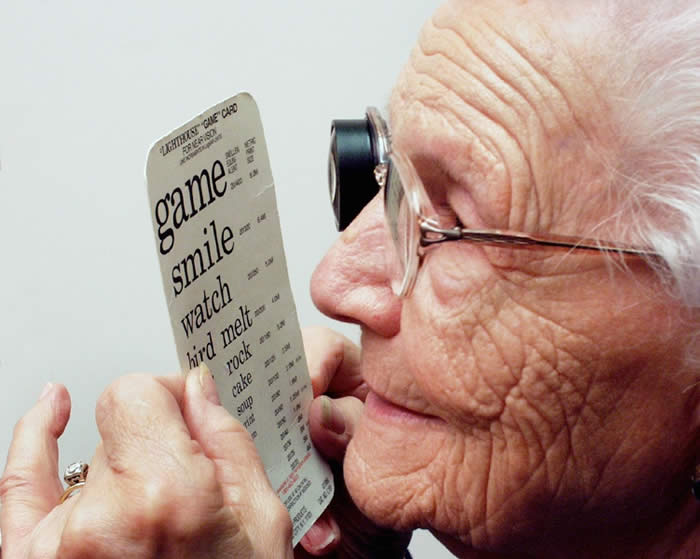As an ophthalmologist, Kenneth Miselis, M.D., sees much more about his patients’ health than just their eyes. Thanks to the clues the eyes provide, he regularly alerts patients to possible autoimmune diseases like rheumatoid arthritis and lupus, monitors progression of their diabetes, and once even suspected, correctly as it turned out, that a patient had a brain tumor on the basis of the pattern of her vision changes.
Because the body’s systems are interconnected, changes in the eye can reflect those in the vascular, nervous and immune system, among others. And because the eyes are see-through in a way other organs aren’t, they offer a unique glimpse into the body. Blood vessels, nerves and tissue can all be viewed directly through the eye with specialized equipment.
With regular monitoring, eye doctors can be the first to spot certain medical conditions and can usher patients for further evaluation, potentially leading to earlier diagnosis and treatment. Clots in the tiny blood vessels of the retina can signal a risk for stroke, for example, and thickened blood-vessel walls along with narrowing of the vessels can signal high blood pressure. In some cases, examining the eye can help confirm some of the diagnoses or help differentiate disorders from each other.
“There’s no question the eye has always been the window to the body,” says Dr. Japjeet Gill, Optometrist at Heritage Eye, Skin & Laser Center. She adds, “Anyone with any visual changes should be seen right away.”
Scientists are working to advance their knowledge of what the eye can reveal about diseases. For instance, researchers are studying how dark spots on the back of the eye known as CHRPE, or congenital hypertrophy of the retinal pigment epithelium, are associated with certain forms of colon cancer, and how dementia-related changes are signaled in the eye, such as how the eye reacts to light.
The eye’s job is to deliver vision by converting incoming light information into messages that the brain can understand. But problems in vision can indicate a problem outside of the eye itself.
One critical structure in the eye is the retina, which allows us to experience vision. It is made of brain tissue and contains many blood vessels. Changes in vessels in other parts of the body are reflected in the retina as well, sometimes more noticeably or sooner than elsewhere in the body.
The eyes can help predict stroke risk, particularly important to people with heart disease and other stroke risk factors. That is because blood clots in the arteries of the neck and head that might lead to stroke are often visible as retinal emboli, or clots, in the tiny blood vessels of the eye, according to the National Eye Institute.
The immune system’s interaction with the eyes can be telling, too, yielding information about autoimmune diseases or infections in the rest of the body. Sometimes eye symptoms may appear before others, like joint pain, in patients.
For instance, inflammation in the optic nerve can signal problems in an otherwise healthy, young person. Along with decreased vision and sometimes pain, it can suggest multiple sclerosis. If the optic disc, a portion of the optic nerve, is swollen, and the patient has symmetrical decreased field of vision, such as a decreased right visual field in both eyes, they may need an evaluation for a brain tumor—a rare circumstance.
If immune cells like white blood cells are seen floating in the vitreous of the eye, it could signal a local eye infection or one that has spread throughout the body.
Diabetes is one disease that can cause major changes in the eye. In diabetic retinopathy, a common cause of blindness, blood vessels hemorrhage and leak blood and fluid. When blood vessels don’t function properly, they can potentially cause eye tissue to be deprived of oxygen and to die, leaving permanent vision damage.
Also, in diabetic patients additional blood vessels may grow in the eye, anchoring themselves into the sticky gel known as the vitreous, which fills a cavity near the retina. This condition can cause further problems if the retina tears when it tries to separate from the vitreous—a common occurrence as people age—but is tangled by growth of new blood vessels.
Usually diabetic patients who come in for eye exams already know they have the disease, and the primary purpose of an eye exam is to make sure they don’t have diabetic retinopathy, or if they did have it, that the condition hasn’t progressed, say the eye doctors at Heritage. “Once in a while there is a patient who has noticed vision changes but doesn’t realize he or she has diabetes until alerted during an eye exam that there are signs of the eye disease that are consistent with the condition,” says Dr. Miselis, Medical Director, Ophthalmologist, and Surgeon at Heritage.
Dr. Miselis recommends eye examinations whenever individuals notice any vision changes or injury. Adults with no symptoms or known risk factors for eye disease should get a base line exam by age 40 and return every year for evaluation.











